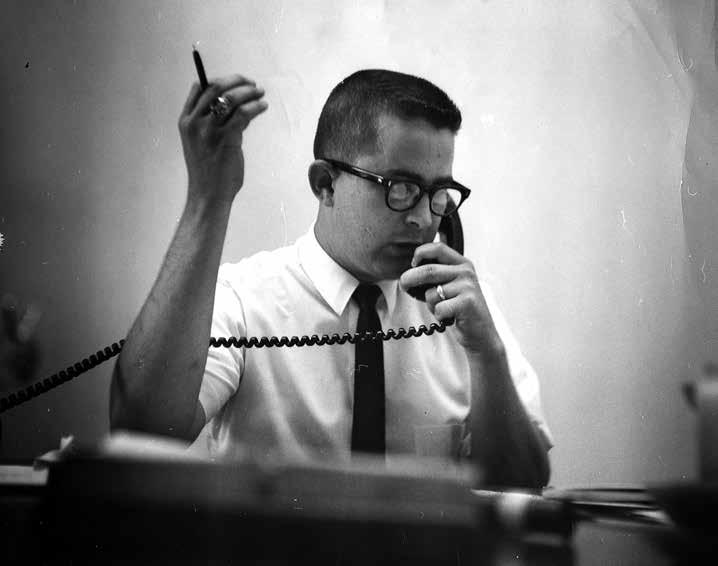
3 minute read
BOOK REVIEW: “RIOT: WITNESS TO ANGER AND CHANGE
BOOK REVIEW
By R.J. Morgan
Growing up in a solidly Mississippi State household, the 1962 riot at Ole Miss was not something that came up regularly in conversation.
The fact that I was born in 1983 and raised in a society that had largely moved past the issue of integration probably also had a lot to do with it.
Either way, when the first fragments of knowledge about the riot began to trickle into my path during high school, it seemed a strange thing. Sure, racism in the South was an uncomfortable truth, but a riot? Over attending school? It seemed farfetched.
I could have imagined a classmate or two rioting over having to attend school themselves, but not over keeping someone else out.
But the events of September 1962 happened all the same.
After months of wrangling between the state of Mississippi (led by segregationist demagogue Ross Barnett) and the federal government (led by the intrepid Kennedy brothers), it was agreed that James Meredith, a young black male from Kosciusko, Mississippi, would be allowed to enroll at the University of Mississippi.
On the Sunday before Meredith was to be enrolled (third attempt) at the university, federal marshals commandeered the Lyceum, the main administration building on campus. Students showed up to protest the intrusion, and eventually a rag-tag army of grown segregationists, who saw this as the next defining battle in a long and bloody race war, joined them from across the South. As day turned to night, the crowd became a violent mob.
And the rest, unfortunately, became history.
Among the students that day was Ed Meek and his camera.
Meek was a graduate student working in the university’s office of public relations. His youth and familiarity with the campus (and the rioters) allowed him unfettered access to a chaotic scene that would claim two lives (one a visiting journalist), injure hundreds and permanently damage the reputation of the school and state.
Ed Meek
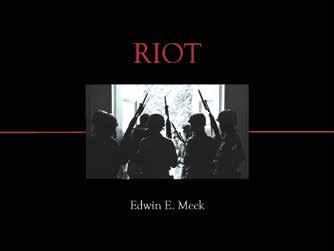
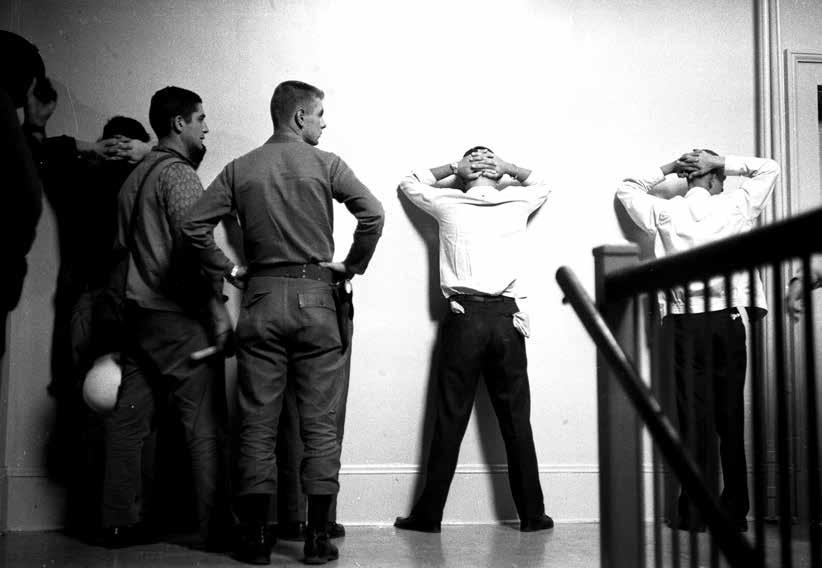
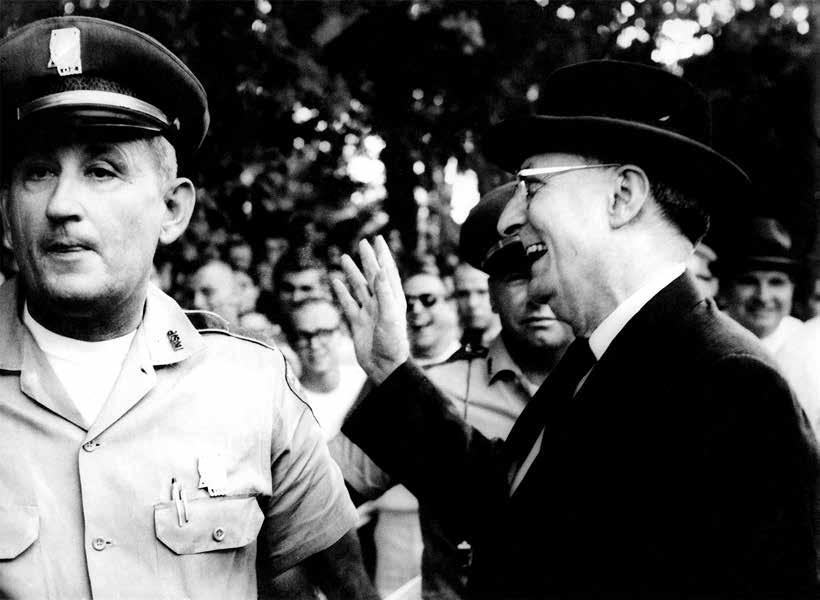
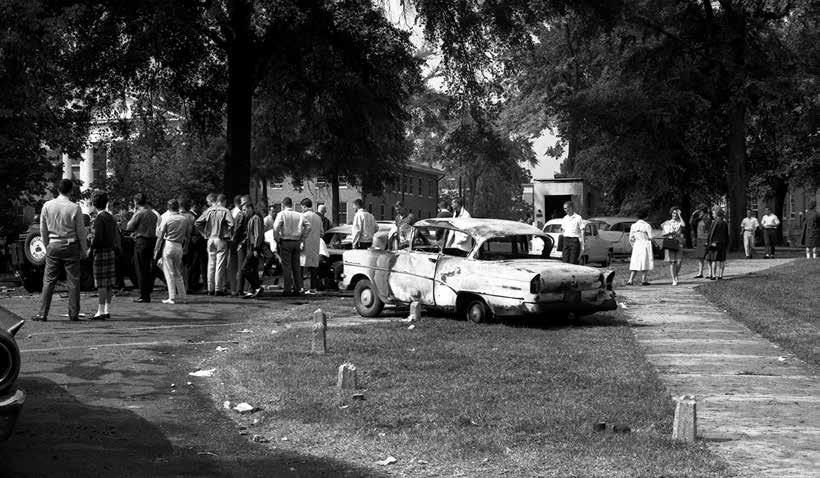
While other journalists were dodging bullets or running from rioters intent on smashing their cam- eras, his “one of us” student status allowed Meek to shoot images virtually unconstrained.
The results are a captivating collection of photo- graphs, starting with the days leading up to the riot and continuing throughout the long and bloody night.
The images tell a powerful story. The clash between segregationists and the federal government at Ole Miss has become one of the most memorable flashpoints in a bloody war that still weighs on our national conscience. Meek follows the violence into the night as it moves from campus into the surrounding town of Oxford.
He also snapped a special series of images of Mer- edith attending one of his first classes in a deserted classroom on Monday morning. Those negatives stayed locked in a safety deposit box for over 30 years.
Powerful stuff.
Also compelling are the narrative devices that drive the action. All are pulled from media coverage of the time, or from White House phone transcripts. The effect gives the book an intense pacing as things go from civil to bad to worse.
An introduction by famed author Curtis Wilkie, who also was there that night, and an afterword by former Mississippi governor William Winter bookend the action with some contemplative thoughts.
For those who like observing history from the front lines, this book will not disappoint.
The author is director of the Mississippi Scholastic Press Association and an instructor in the Meek School.











